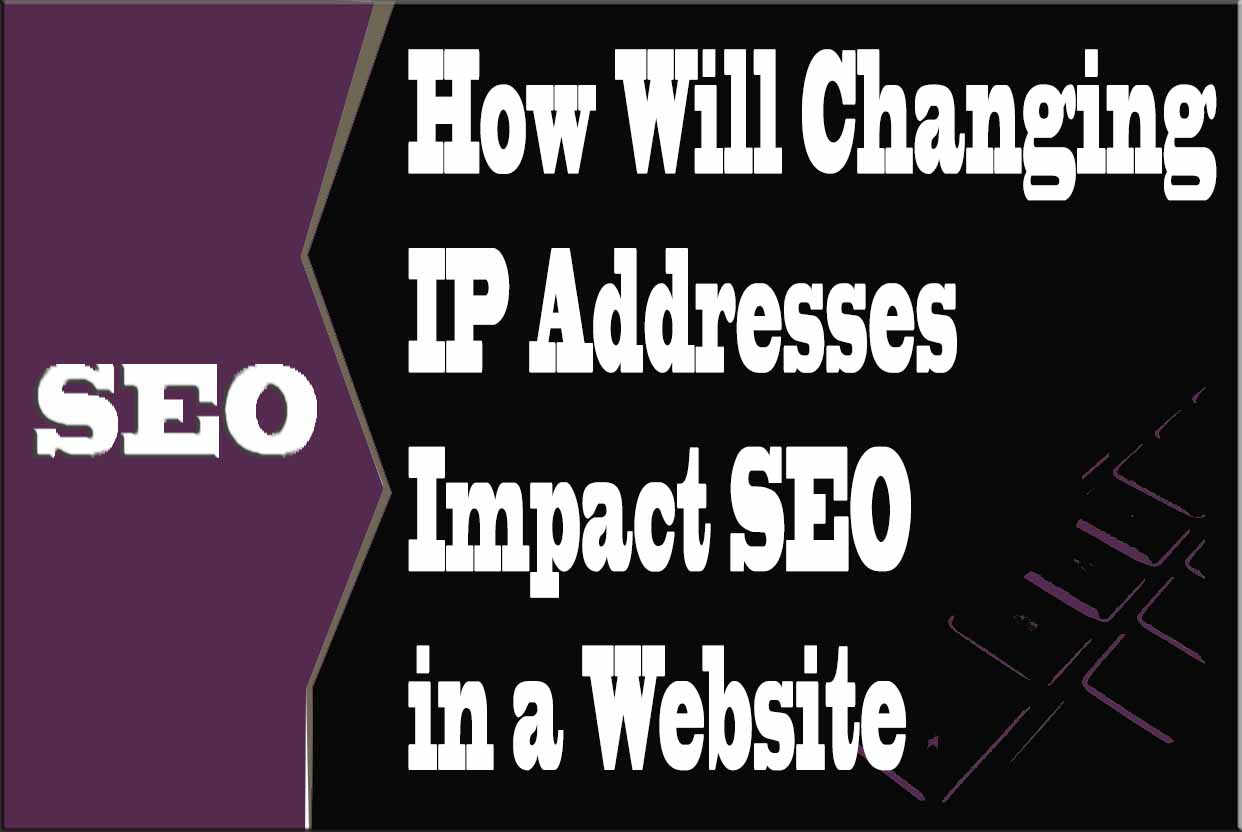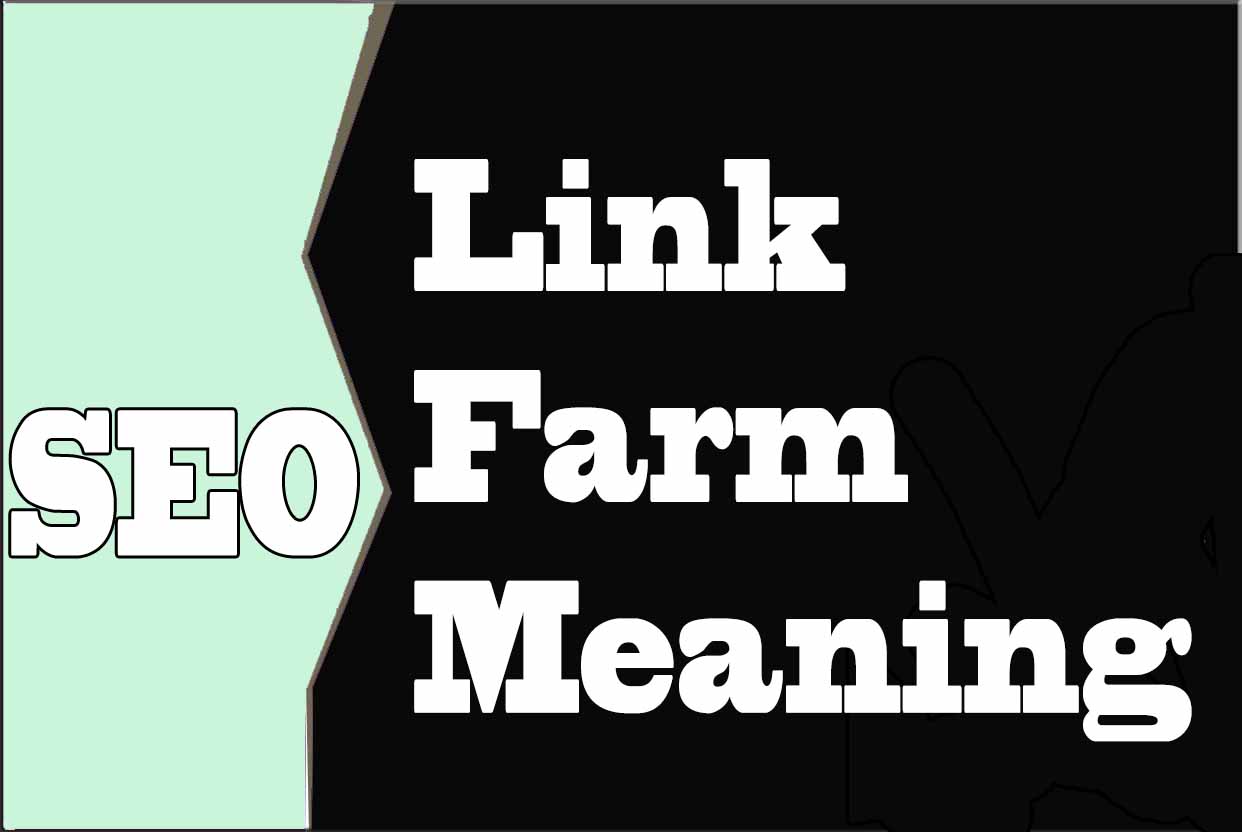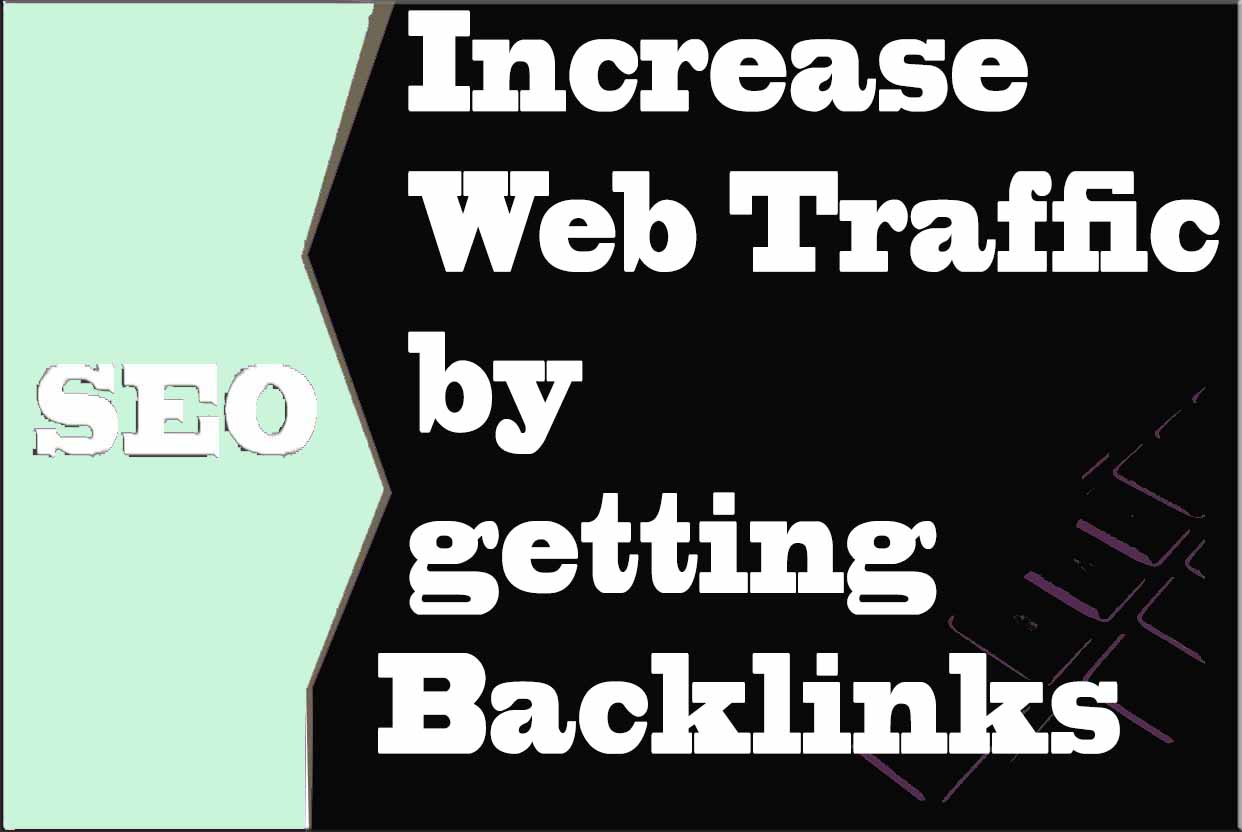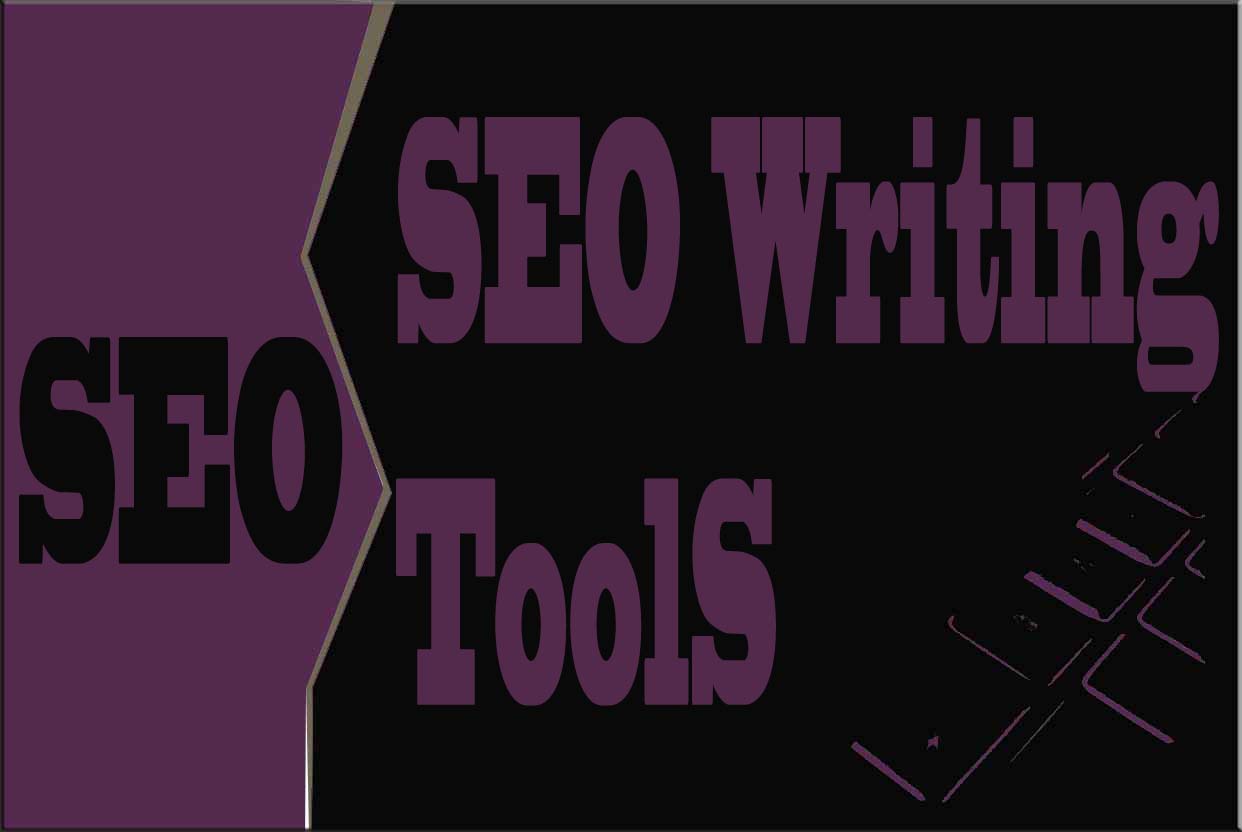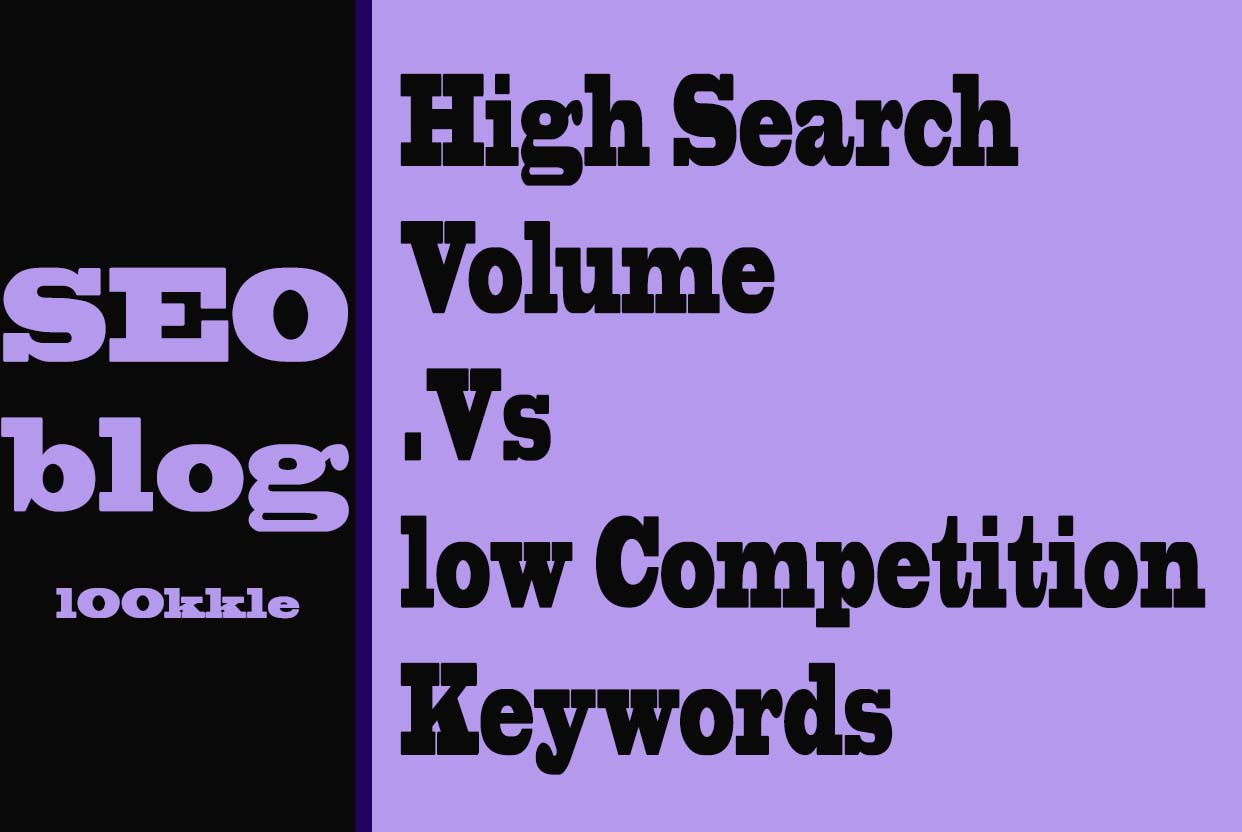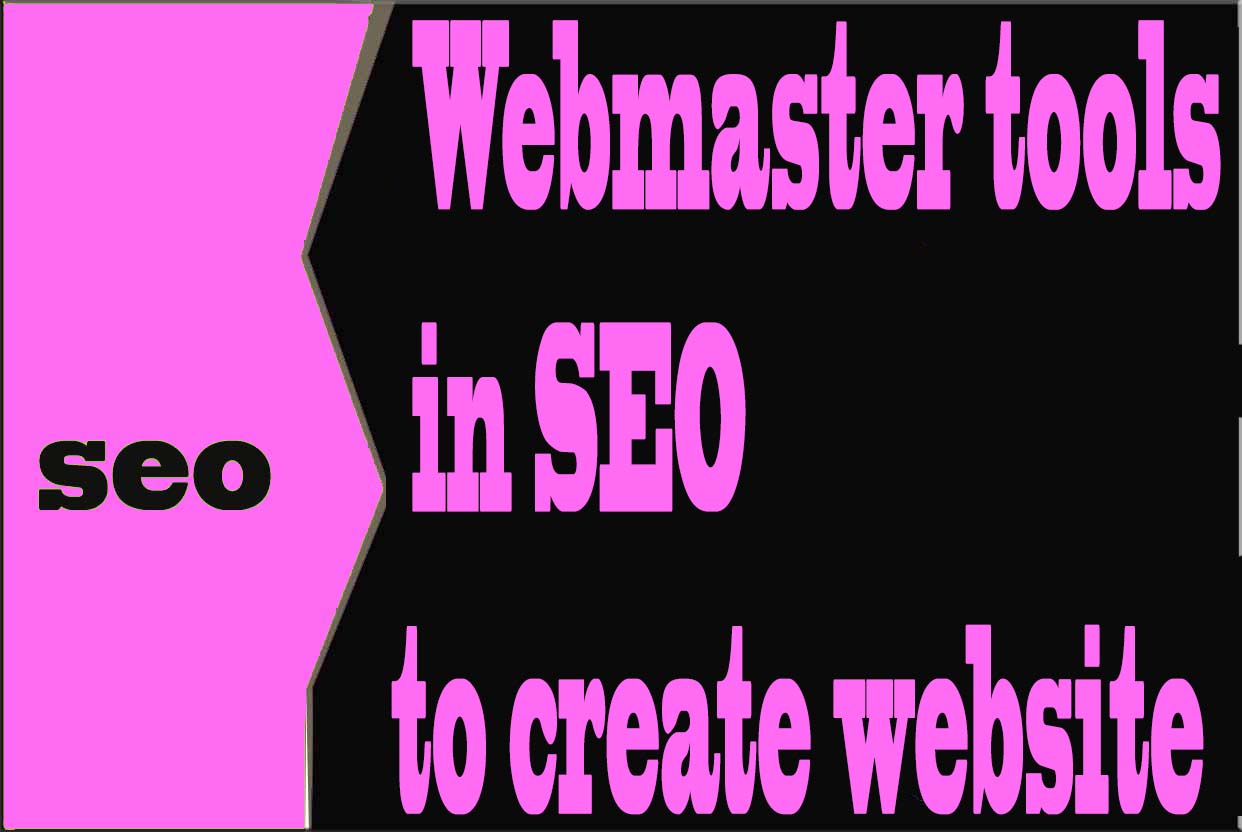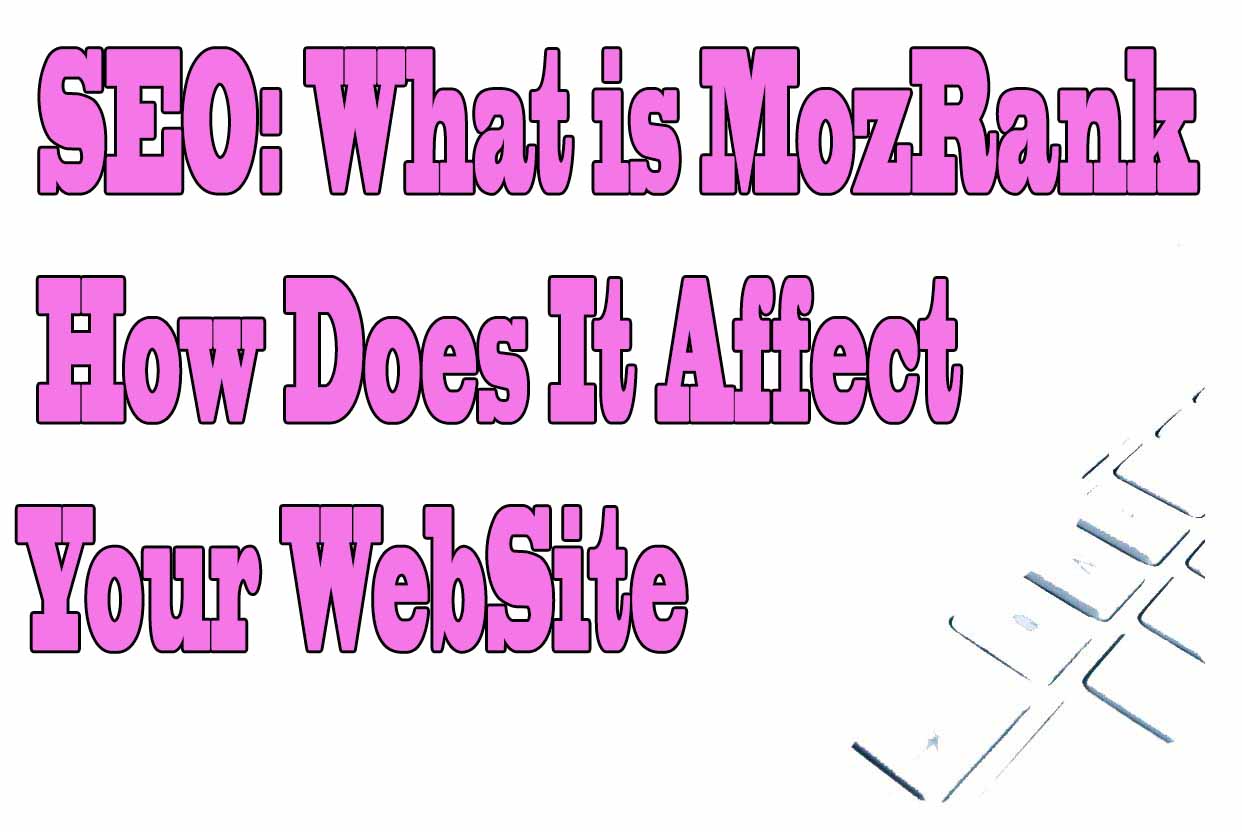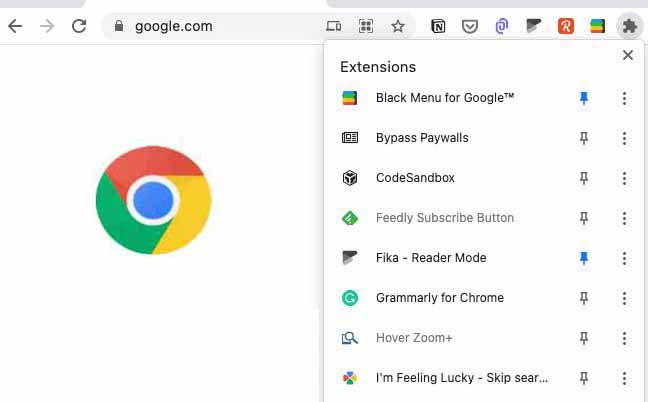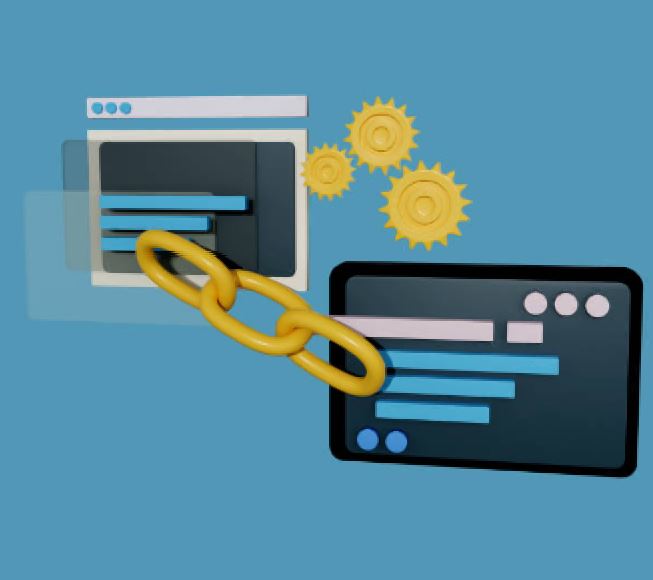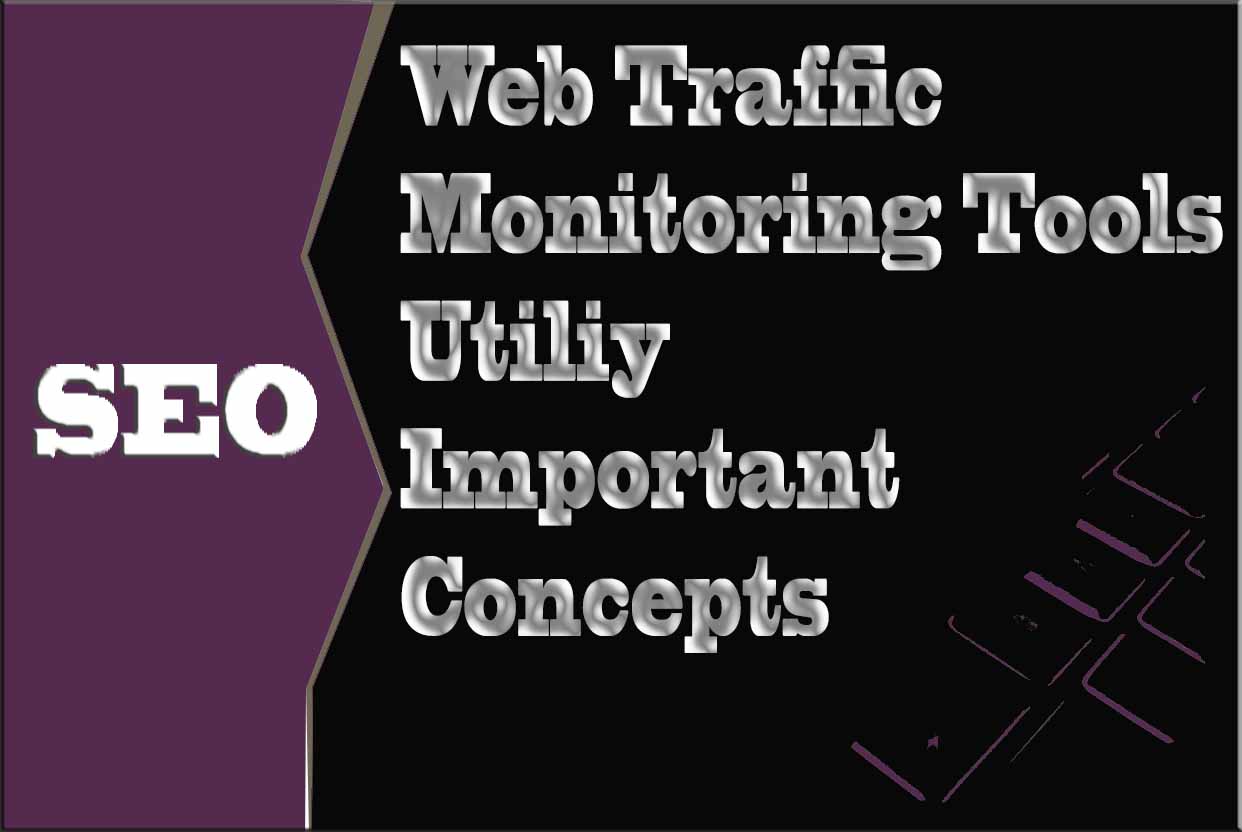
Web traffic monitoring tools help to analyze web traffic
Web traffic monitoring tools help internet marketers monitor and analyze web traffic. These tools are useful for optimizing online campaigns and for preventing online plagiarism.
There are many free web traffic monitoring tools available, and many paid tools are also available. Each tool has its pros and cons and can be used in different situations. At lookkle we recommend the use of our web traffic analysis tool and our web ranking analysis tool where, in addition to analyzing web traffic, we also analyze other characteristics of a website related to web traffic, such as backlinks, Google search trends, volume of keywords incorporated in Google, cost of your web traffic, ...
User needs and preferences for choosing a web traffic analysis tool
Choosing the best web traffic monitoring tool is a difficult task since it depends on the user's needs and preferences:
- A web traffic monitoring tool can be used to determine the performance of a website. It allows users to gauge their success by comparing data from different periods of time. This can be used to identify problematic areas on a website and to resolve issues that prevent visitors from accessing the website.
- It can be used to increase the online sales volume and number of visitors. Basically, it's a useful tool for website owners and managers.
- Web traffic monitoring tools can be useful for preventing online plagiarism. Some web traffic monitoring tools connect directly to search engines like Google or Bing. This allows the user to check whether someone is using the same keyword or, if not, a similar phrase in their URL address.
- Some web traffic monitoring tools allow the user to block URLs using filters- which is especially helpful when dealing with multiple webpages or URL addresses within a webpage. This prevents people from copying your content and using it on their websites without attribution to you.
A properly designed web traffic monitoring tool is a valuable instrument for successful internet marketing campaigns
Many free web traffic monitoring tools are available on the internet; however, some have more features than others. In general, paid tools offer more capabilities than free ones, but there's also less risk involved when using free tools. Tools vary in terms of usability- some are easy to use while others require advanced knowledge of internet programming languages like PHP and HTML. For example, paid web hosting services provide customizable solutions for advanced websites with multiple pages and sub-pages. Therefore, it's necessary to understand how online programming languages work in order to use a web traffic monitoring tool effectively.
A properly designed web traffic monitoring tool is a valuable instrument for successful internet marketing campaigns. It can also be used as a plagiarism prevention tool since it connects directly to major search engines. Ultimately, choosing which web traffic monitoring tool is best for you depends on your needs- whether you're a professional internet marketer or just starting out!
Cost Per Click
When a user visits a website, that person is looking for information or making a purchase. The website's owner will most likely want to promote his products and services to interested customers. To do this, he'll need to pay an advertising agency to display advertisements on relevant web pages. Each of these advertisements contains links that allow people to make contact with the advertiser directly. In addition, some advertisements contain text or images that prompt the visitor to make a phone call, send an email or request more information. Cost per click, or CPI for short, is the amount an advertising platform charges every time a user clicks on an ad.
Cost per click is used to calculate how much profit an online business makes from a specific ad campaign. Each ad has its own cost, so multiplying the costs per ad by the number of ads yields the total cost per click. The ad server then subtracts its earning from the total cost per click and determines how much money it will keep as profit. Since each advertising platform has its own rules, it's important to understand how these numbers work with Google's AdWords and Facebook's advertising policies.
The cost per click is used to calculate how much profit an online business makes from a specific ad campaign. Each ad has its own cost, so multiplying the costs per ad by the number of ads yields the total cost per click. The ad server then subtracts its earning from the total cost per click and determines how much money it will keep as profit. Since each advertising platform has its own rules, it's important to understand how these numbers work with Google's Ads and Facebook's advertising policies.
For instance, Google allows only 20 Cost per Thousand Impression (CPTI) bids within a given AdWords campaign. This means each link in an ad must be associated with at least 20 different web pages for Google to consider them valid traffic sources. In addition, Google limits CPTI bids to $7.50 for their search results page and $12 for their web page results. When comparing this to Facebook's advertising platform, users have 100 CPTI when promoting through Facebook Pages. This means each link in an advertisement can promote up to 100 separate web pages at once. Additionally, all ads must include a phone number so consumers can contact you directly via phone call or email.
A Cost Per Click (CPC) calculation determines how much profit you make from running an advertisement on the web. The calculation is used by businesses planning and implementing new marketing strategies or by advertisers evaluating their current advertisement campaigns. Knowing your cost per click can help you measure your success when evaluating your advertising strategies. Ultimately, if you can lower your costs per click while increasing customer conversions, you'll be on your way to making more money from your business!
Click-Through Rate Scope or CTR
Click-through rates (CTR) are the percentage of a web page's users who click on a link from the page's URL. Most advertisers evaluate their ads' CTR to make sure that potential customers see their advertisements. In addition to measuring performance, advertisers use the information from their ads' CTR to determine which advertising strategy is most effective.
Every ad has a set CTR rate that an advertiser wants to maximize. An ad with a low CTR rate is less likely to be seen by potential customers. Therefore, most advertisers carefully plan their online advertisements before creating any content. Some ad agencies even have internal study groups dedicated to calculating the optimal CTR rate for each advertisement campaign. Once an advertisement has been created, there are several factors that can affect the ad's CTR rate. These include the ad's topic, design and text copy. However, there are some general rules for creating high-performing ads. For example, relevant and highly engaging content is much more likely to garner a high CTR rate. In addition, advertisers should avoid using too many graphics or text when developing an ad. Also, users should feel comfortable clicking on the ad when viewing it on their mobile devices as well as computers. Ultimately, if an advertiser follows these tips, their ads will be highly visible and well-received by site visitors.
Click-through rates can vary widely based on a variety of factors including website content, keywords and landing page design. For example, some websites have higher click-through rates than others due to the quality and popularity of their content. The more popular an online community is, the more likely website users are to click through links from its homepage URL. However, there are many other factors that can influence how often web users click on advertisements. These include psychological deterrents such as 'nagging bugs' and misleading hyperlinks that direct users away from desired content. Therefore, there is no one ideal CTR rate for any given website or advertisement campaign. Instead, there are just too many variables to account for in any meaningful way.
Therefore, advertisers only need to focus on creating compelling content if their ads' CTR rate is low enough. At low rates, curious web visitors will find ways to reach your target audience regardless of where they click. Although this sounds harsh - it is helpful to consider that low CTR rates indicate a poorly targeted audience that has no interest in whatever marketing you're trying to do . Of course, it's also important to create compelling content that web visitors will want to interact with anyway! Including hidden incentives within your posts - such as supplemental products or exclusive email lists - also makes them more attractive for visitors with low click-through rates . All of these tactics help increase engagement with your website content while also increasing your web traffic!
Advertisers want to maximize their advertisement's potential by making sure that potential customers see their advertisements. High CTR rate sites have lower production costs since they can afford expensive advertising campaigns and high quality content pieces without worrying about lost sales . Furthermore, lower CTR rate websites cannot lure away their competitor's customers due to less compelling advertising efforts . Ultimately, a high standard for all businesses proves beneficial for those with high standards when it comes down to creating compelling content for their audience!
Advertising and Google Ads
Advertising is the most common way businesses generate revenue. Google is the world's largest advertising platform through its search engine and online media platforms. The advertising network allows advertisers to bid on relevant advertisements and create brand new advertisements. Advertisements appear as text, images and videos on Google's web pages, in its apps, on its videos and in Gmail. Advertisements are primarily targeted to the company's advertisers' target markets based on their geographic location, online demographics and more.
Google's advertising platform allows advertisers to choose from a variety of advertisement formats such as text, image, video, click-through and carousel ads. Besides the numerous ad formats, Google also has many targeting options such as geography, age range, keywords and behavioral targeting options. Targeted advertisements are relevant to the current user experience and enhance the user experience of the search engine's web pages and apps. In addition, targeted advertisements are less ambiguous than general advertisements and provide more precise information to potential buyers.
Advertising on Google involves several key steps that need careful planning and execution to achieve optimal results. First, you must sign up as a Google advertiser by providing information about your business, target demographics and budget allocation. You must also submit your domain name so Google can direct your ads to specific websites. After that, you must upload your original advertisements to show your advertisers' think through your marketing strategies. You can either have someone else write your advertisements for you or hire consultants to write high-quality ads for you at affordable rates. After creating your advertisements, you must upload them to Google's ad gallery so other advertisers can see them and contact you about purchasing space on your behalf. You must also set up a target audience for each advertisement by choosing specific geographic areas, age ranges and psychographic characteristics such as income level or education level. Last but not least, you must submit bids for search phrases that will draw potential clients to your business or create awareness for your products among buyer demographics.
Advertising costs can vary greatly depending on how many keywords you wish to advertise for and where you wish to target those keywords. For example, if you wish to advertise for 'Google Assistant,' it would be less expensive to advertise in major cities such as New York City or Chicago than it would be to advertise in rural areas with low internet usage rates. In addition, if you wish to advertise for 'Google Assistant SDK,' it would be less expensive to advertise on tech-related websites such as tech blogs or tech companies' websites than it would be to advertise on fashion or food-related websites. To maximize website traffic from keyword advertising campaigns, it's best practice to write engaging website copy that matches advertiser targets and attracts the right buyers at the right time and place.
Advertising is an effective way of generating new clientele for businesses- as long his/her business plans, creates high-quality marketing materials such as compelling advertisements and attractive websites. However, unless businesses understand how their current marketing methods affect their sales volume, they will find themselves stuck in a negative spiral where lower sales volume leads to lower revenues which leads to lower marketing budgets which leads to lower sales volume again.
Tips on SEO and Online Business
Next Articles
Previous Articles
